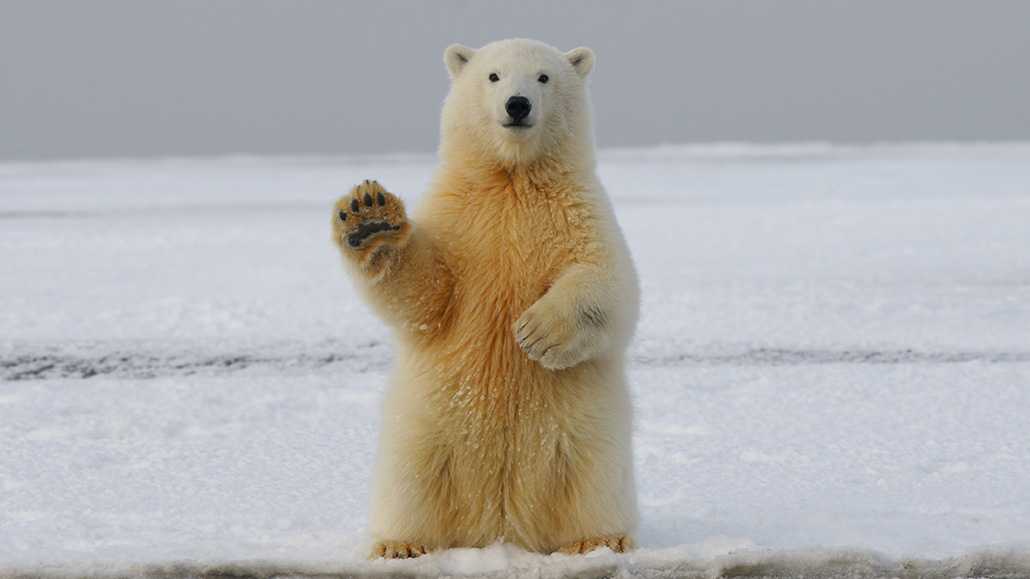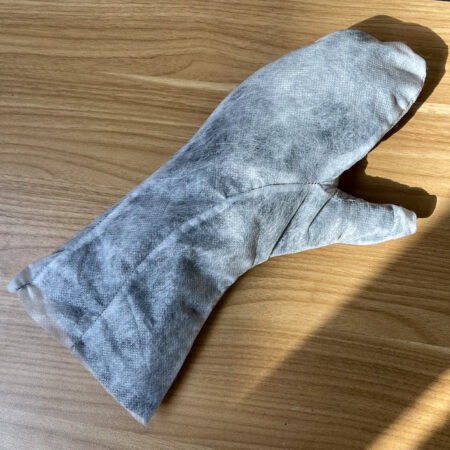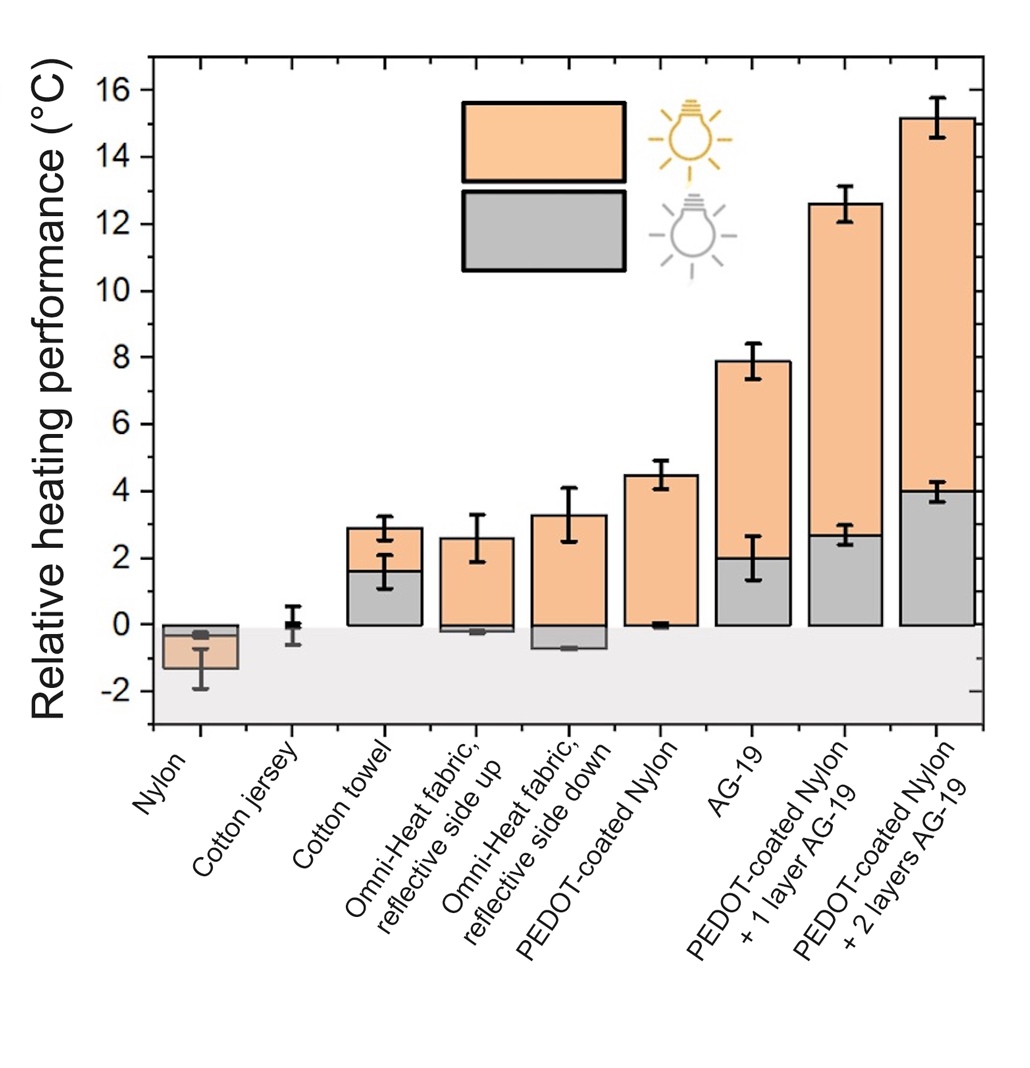Analyze This: A new fabric mimics polar bears’ pelts for warmth
The lightweight, layered textile absorbs light and traps heat

The hair on a polar bear isn’t like that of a black or brown bear. It channels some wavelengths of light to dark skin below. There, pigments absorb light to keep a polar bear warm.
Belfalah Soufian/500px/Getty Images
A new fabric traps heat by mimicking polar bears’ pelts.
Polar bears have black skin covered by fur that looks white. But that fur isn’t like normal hair, says Trisha Andrew. “It has a very unique structure.” A materials engineer, Andrew works at the University of Massachusetts Amherst.
Polar bears’ hollow hairs channel infrared light from the sun toward their skin. This light has wavelengths too long to see but can be felt as heat. A dark pigment in the bears’ skin — similar to the melanin in human skin — absorbs the infrared light. It also absorbs visible light that passes through the fur.
The layer of fur keeps the heat from absorbed light from escaping. That can keep a bear warm for a while after the sun goes down, Andrew says.

Andrew and her colleagues designed their material to work in the same way. Nylon, a common material in clothing, forms the bottom layer. It’s coated with a polymer called PEDOT, whose molecular arrangement and dark color makes it absorb light like polar bear skin does. On top of that, the team added a lightweight layer of fabric called Agribon AG-19. It’s made of the polymer polypropylene and has tiny fibers that carry light toward the “skin” layer like polar bear hair does.
Under light, the new fabric kept a surface beneath it 10 degrees Celsius (18 degrees Fahrenheit) warmer than cotton t-shirt fabric did. The new material also performed better than Omni-Heat fabric, a material currently used to make warm outdoor gear. The researchers shared their results in the April 19 ACS Applied Materials & Interfaces.
“It’s washable. It’s breathable. You could sew with it,” Andrew says of the new fabric. It would feel like a lighter version of fabrics used for curtains and to cover couches, she adds. Wesley Viola, a graduate student at the University of Massachusetts Amherst who works with Andrew, has sewn the fabric into a mitten and a tent. Products like these could keep people cozy in frigid places like the Arctic.
Heat-hoarding fabric
To test the heat-trapping abilities of different fabrics, the team built a chamber that wasn’t affected by the temperature outside. Inside, they placed manila paper that was heated slightly from below. The paper was meant to mimic skin warmed by body heat.
On top of this “skin,” the researchers placed different fabrics. Then, they measured how hot the chamber needed to be for the “skin” to be a comfy temperature. (The cooler the chamber could be with the skin still comfy, the toastier the fabric.)
The scientists did this test in the dark (gray) and under light (orange). They compared all materials to cotton jersey, which is often used for t-shirts. Materials that kept the skin warmer than cotton jersey appear as bars above zero. Higher bars mean the materials perform better at keeping skin warm. Fabrics that don’t keep the skin as warm as cotton jersey appear as bars below zero.

Data Dive:
- How do the different materials perform under dark conditions? What is the range — the spread — of values?
- Which material is the warmest in the dark? What is the range — the spread — of values?
- How do the materials perform under light?
- How do these values compare with under dark conditions? Why do you think that is?
- Nylon is the bottom layer of the new material. How does its warmth compare with that of PEDOT-coated Nylon?
- AG-19 is the top layer of the new material. How does the heating of PEDOT-coated Nylon compare with PEDOT-coated Nylon + 1 layer of AG19? What is the benefit of adding another layer of AG19 (PEDOT-coated Nylon + 2 layers AG19)?
- What are some ways you might use a heat trapping material like this new textile?







